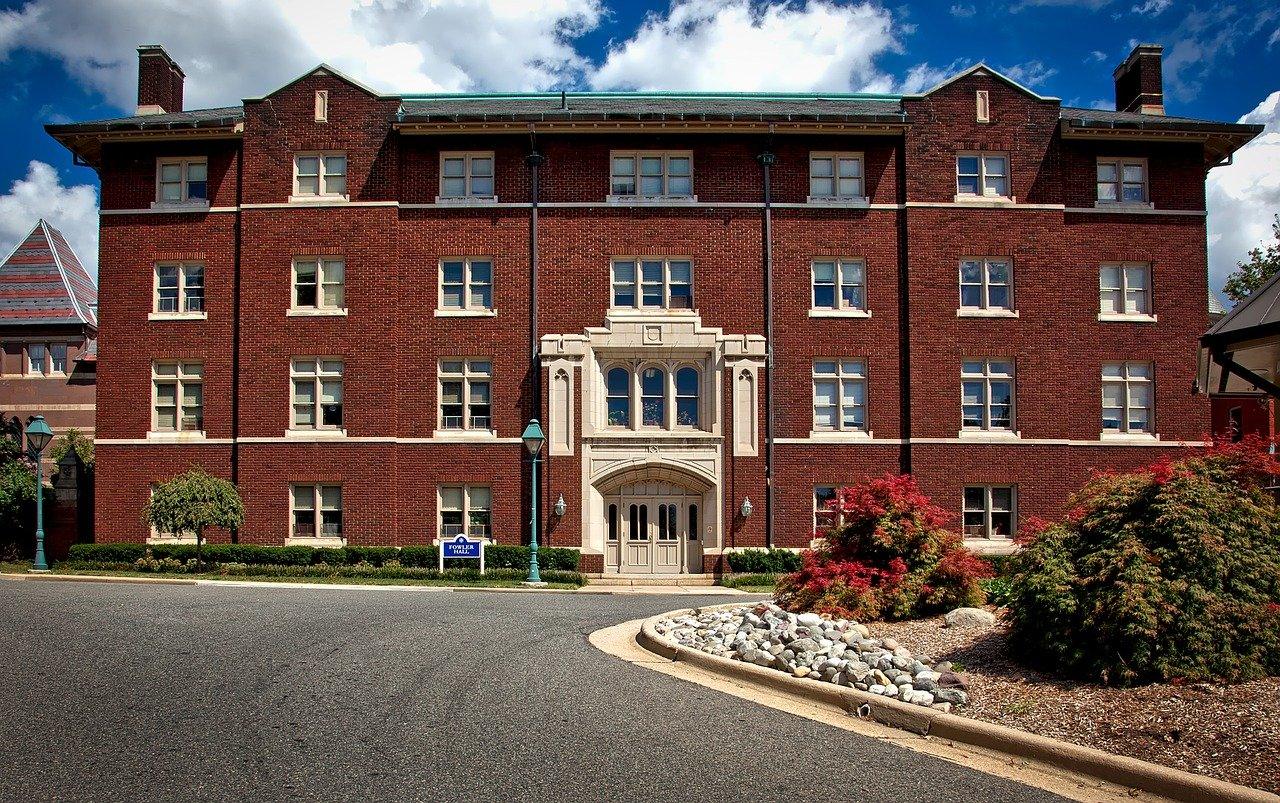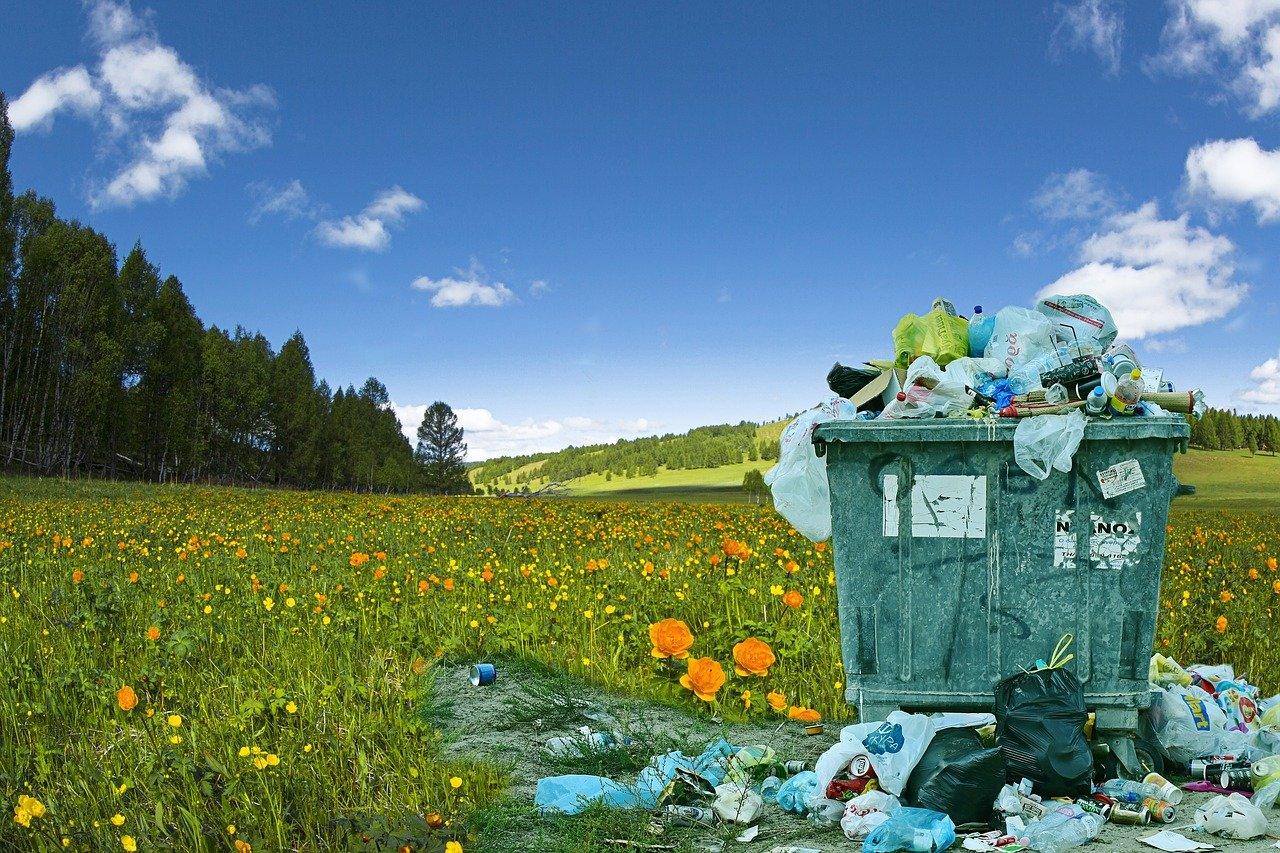40% OFF ALL LEED EXAM PREP PRODUCTS! | PASS YOUR EXAM CONFIDENTLY, ON YOUR FIRST TRY!
40% OFF ALL LEED EXAM PREP PRODUCTS! | PASS YOUR EXAM CONFIDENTLY, ON YOUR FIRST TRY!
Add description, images, menus and links to your mega menu
A column with no settings can be used as a spacer
Link to your collections, sales and even external links
Add up to five columns
Add description, images, menus and links to your mega menu
A column with no settings can be used as a spacer
Link to your collections, sales and even external links
Add up to five columns
How LEED for Schools Contribute to Student Health and Learning
3 min read

What we learn is essential, and more than that, where we learn is essential for our mental and physical well-being. Imagine a school that has a poor indoor air quality and acoustics. Can children really focus on what is being taught there? Do you think all the school buildings are safe and healthy for your children?
The United States Environmental protection Agency estimates that 46% of schools have poor environmental conditions such as poor indoor air quality, as well as presence of allergens that cause asthma and other respiratory conditions.
Thus, it is clear that a school building may appear be architecturally attractive, but it may not be providing a healthy studying environment for your children. Regardless of whether you're a parent, teacher, student, or a part of the school board, the school building may have a poor performance without your knowledge.
This is why it becomes essential to adhere to guidelines and earn certifications like LEED for Schools that measure your school's performance against a set of established environment parameters, so you know the current state of affairs. More importantly, these certifications act as a guideline to identify the areas of improvement.
Why choose LEED for Schools?
The biggest reason to choose LEED is that it is the world's premier green certification that checks a building across a ton of parameters and is applicable to buildings of all phases such as design, construction, and operations and maintenance.
Encourages Innovation
LEED standards are continuously being updated to reflect the latest technology and to enhance innovation. What it essentially does is it tells your school which areas have to be improved and strategies to how to go about it.
At the outset, spending thousands of dollars, especially when budgets have shrunk, and schools are under pressure to keep their costs down, may seem like a bad idea. But this may prove to be one of the best financial decisions in the long-run, and Ohio schools are the best example of this trend.
The Ohio Facilities Construction Commission estimates that its energy savings will double its initial cost of investment. In the long run, it will prove to be financially beneficial for the schools. Likewise, the Lake Mills Middle School in Wisconsin is 45% more energy efficient than the average U.S school. It has translated to a savings of $85K per year, thereby providing more money to the school and taxpayers put to better use.
Healthy and Happy Children
Research shows that there is a direct impact on the children's learning abilities and their physical environment. As mentioned earlier in the article, children can't focus when the surrounding conditions are poor.
LEED standards prohibits the usage of toxic materials and products from classrooms, limit exposure to unwanted dust and pollen, provide access to sunlight and outdoor views, improve the quality of indoor air, improve acoustics for better learning and retention, and more. These conditions are sure to improve children's physical and mental well-being, thereby reducing absenteeism and increasing focus and retention abilities.
These benefits clearly emphasize the need for schools to become LEED-certified. In turn, this has opened up opportunities for construction engineers and designers to provide the right suggestions by becoming LEED accredited. LEED accreditation exams, such as the LEED Green Associate or the LEED AP BD+C, pave the way for a career in building LEED certified buildings. Feel free to check out our resources such as the LEED AP BD+C study guide or the LEED AP BD+C practice exams and start preparing for your exam.
Also in Projectific Blog

What Changes In LEED v5 & When Will The LEED Exams Will Be Based On LEED v5?
2 min read
As building professionals prepare for this significant update, two critical questions arise: what are the major changes in LEED v5, and when will the LEED credential exams transition to the new version?

How LEED Handles Recyclables With The Storage And Collection Of Recyclables Prerequisite
2 min read

LEED Heat Island Reduction Credit Explained
2 min read

